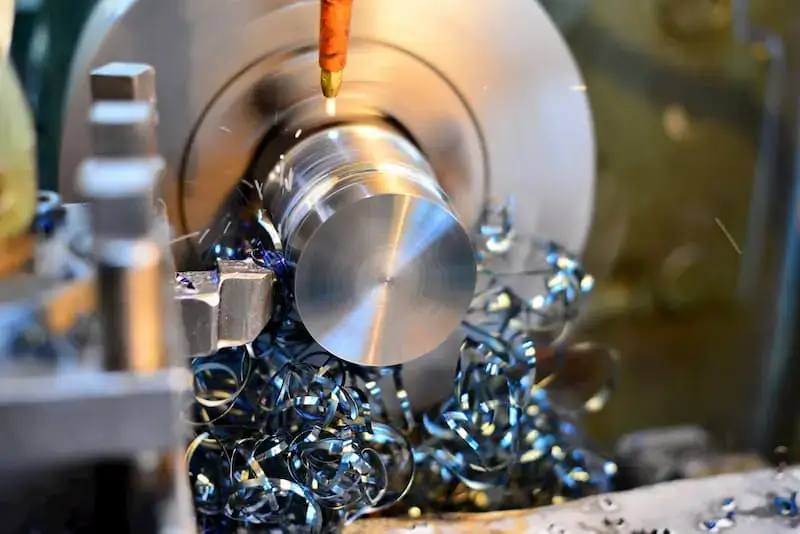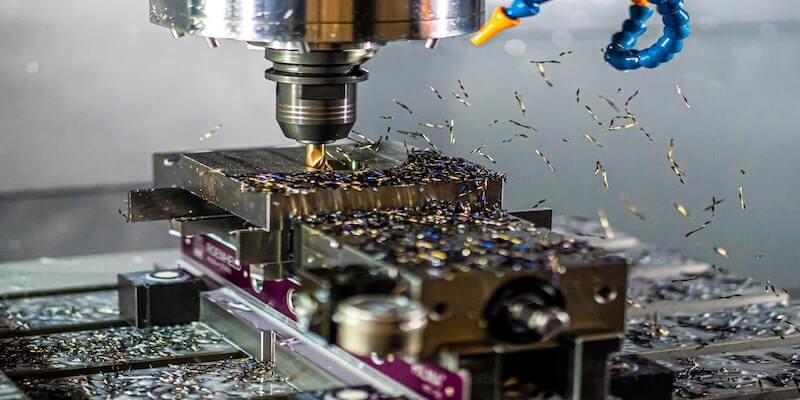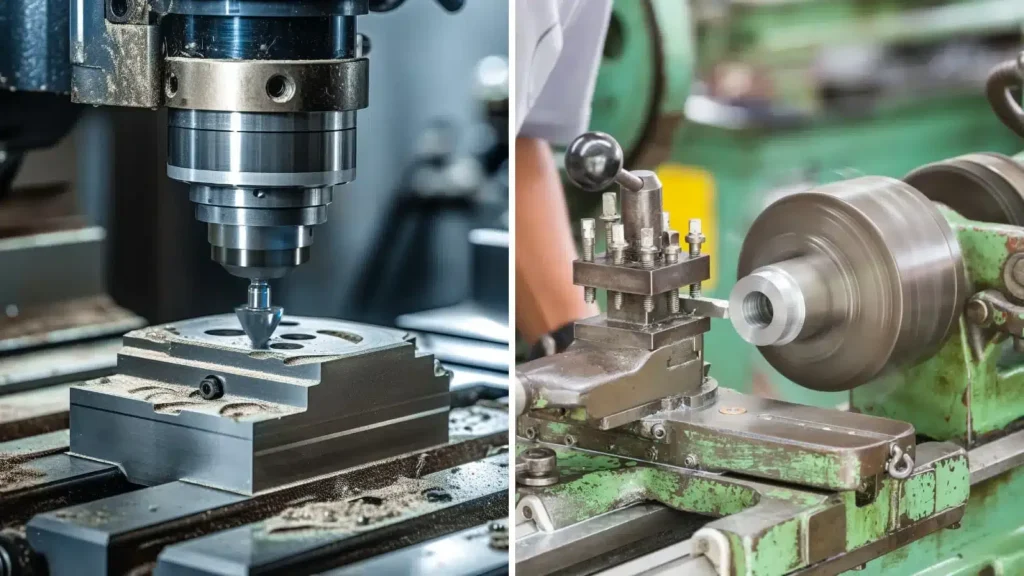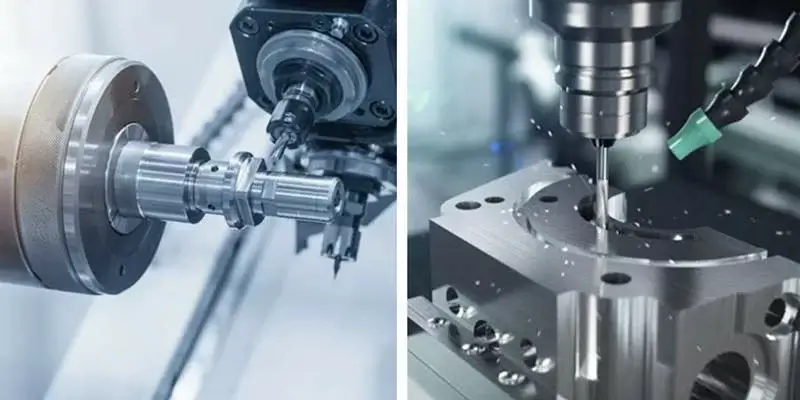Importance of CNC Turning and Milling
CNC machining has undeniable importance in modern precision machining applications, primarily because it has evolved over the years to keep up with technology trends. EMS Machining’s CNC milling equipment can provide high-speed cutting capabilities to create metal parts precisely to your design dimensions. JBT machining has also been committed to producing quality machined components and assemblies that meet and exceed the professional needs of our customers.
Although lathes are the traditional choice for metalworking processes, they are time-consuming and accuracy is always an issue. Therefore, various CNC machining processes have become more and more popular over the years.
CNC turning and milling are now two popular applications for several manufacturing companies in various industries. CNC turning and milling services are indeed precise, fast and less labor-intensive. This article will provide an in-depth introduction to these two important precision machining processes.
1.What is CNC machining and why is it so popular?
Computer numerical control (CNC) machining is a modern machining technology that is considered a superior alternative to traditional lathe operations. Because traditional lathes are not only time-consuming to operate, but also require attention to detail to obtain precise dimensions, and are also accompanied by a high chance of human error. CNC machining processes involve less manpower, a lot of computing, and programming intelligence, and are therefore gradually becoming dominant in the manufacturing industry.
In the CNC machining process, computer numerical codes are written by CNC programmers/developers with the help of functional experts and set to run in the CNC machine operating system. The code is written based on the different features to be machined on the workpiece, which means the features and their dimensions are coded and run on the CNC system to get the desired object. So CNC machines are generally used to perform operations like drilling, turning, milling, etc.
2.What is CNC Turning?

CNC turning is a machining process similar to the lathe turning process. The only difference is that the CNC turning process does not require the constant assistance of the operator. The operator sets up the code and the workpiece and relies on the CNC machine to perform the machining. In this CNC turning process, the workpiece is mounted on a rotating chuck, where a single-point cutting tool is fixed on the tool holder. The movement of the tool holder is a two-axis movement on the X-axis and Y-axis, which means that the tool is limited to horizontal and vertical movement. The chuck is rotating, which means that the workpiece can also rotate.
In summary, the CNC turning process is performed using a single-point cutting tool, similar to the tools used in lathe turning, and the tool inclination and operating travel distance are all included in the CNC code itself.
It is recorded that CNC turning processes are 3 times faster than traditional lathe turning processes and are also called precision machining due to their precise dimensions. Therefore, CNC turning processes are often used to manufacture products such as lead screws, cylinders, pistons, ground shafts, etc.
3.What is CNC milling?

CNC milling is a material removal technology that uses a rotating tool. The workpiece in this CNC milling process is fixed, and the tool can move along the X, Y, and Z axes, which makes this process more superior. At the same time, CNC milling also involves milling operation codes that are set up and run in the CNC operator system. CNC milling is often used to create complex shapes with intricate detail requirements due to its excellent processing capabilities. And because of the three-axis movement of the milling tool, the CNC milling process can also be effectively used to make prototypes.
Unlike traditional milling processes, CNC milling is able to meet the production standards of products, and complex features can be easily created in CNC milling processes. Not only does it not require full-time assistance from the operator, it has been recorded that this process takes only one-third of the time of traditional milling. Therefore, CNC milling processes are widely used in automotive parts manufacturing, aviation product manufacturing, prototyping, and other fields.

4.What is the difference between CNC turning and milling?
Although the results of CNC turning and milling processes are completely different, metalworking workers may be confused about these processes due to the common uses of CNC. The differences between CNC turning and milling processes are as follows:
1) Cutting tools
CNC turning uses single-point cutting tools, while CNC milling uses rotary cutting tools. And the tool feed direction in CNC turning is limited to the X and Y axes, while the tool in CNC milling has a feed stroke in three directions.
2) Processing purpose
CNC turning is generally used to manufacture simple cylindrical or conical objects. On the other hand, CNC milling is not limited by shape and size and can be used to manufacture complex parts. That is, CNC turning is mainly used to cut round bars, while CNC milling can utilize a variety of materials such as rectangles, squares, and plates as workpiece configurations.
Since CNC turning and milling are precise and complex processing technologies, it is important to get services from a trustworthy company.

1 Comment
Some really excellent information, Glad I detected this.